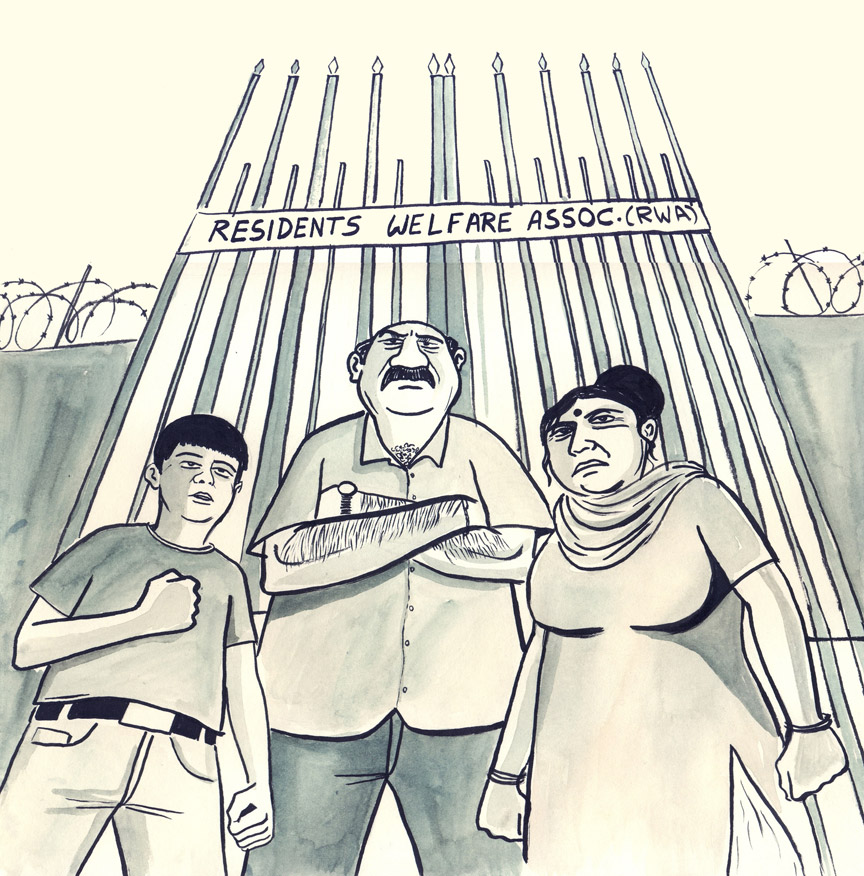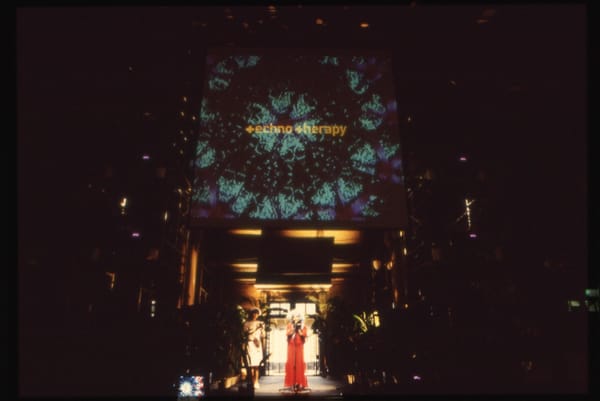Ideas
Flipping Through Sarnath Banerjee’s “The Harappa Files”


The title of Sarnath Banerjee’s new graphic novel invokes the famously planned, ancient city of Harappa, the probable precursor to the Indian civilization to mock the haphazard sprawl that typifies major Indian cities today. His first two graphic novels, Corridor (2005) and The Barn Owl’s Wondrous Capers (2007), were by turn glib and wise expositions of urbanity as a function of the human tick for accumulation. They were the work of a postmodern, literary poseur who delighted in mixing high culture and low culture, weaving together cameos by Jean Baudrillard, Henri Cartier-Bresson and Walter Benjamin, with appearances by Hindi cinema’s famous vamps, effete male leads, quack sexologists and time-travelling monks. This cannibalization of philosophy and pop culture made Banerjee’s pastiches at once intelligent and clever, trendy and off-beat, dense and light, highfalutin and populist. Ultimately it reveals Banerjee’s own intellectual aspiration for a universal, chic cosmopolitanism that he shares with the middle class.
Harappa Files is an evolutionary leap in Banerjee’s career as he successfully manages to close the schism between his graphic novels and his art practice by creating a book based on an eponymous series of pen-and-watercolor drawings from 2007—many of which have found collectors who are dutifully listed on the last page. His new work appears to be characterized by a renewed form of restraint: he has done away with the overarching, popular narrative, which unconvincingly bound together a number of literary graphic essays or vignettes that were expositions on esoteric or lesser-observed everyday phenomena—for instance a ceremony at a Kolkata crematorium. The result is a handsome volume with a series of apercus, the “Files” of the title, ranging from one to several pages in length, with pen-and-watercolor illustrations given a page or two of their own. Loosely connected, the book’s sequences follow the travails of the common man in an ambiguously dated place somewhere between postcolonial and the postliberalization India of the 1990s when free-market reforms began an unprecedented churning of its fabric.
The novel is replete with evocative images. A street choked by the $3000-poor man’s car estranges two friends living on either side, no longer able to visit each other; a soldier wading knee-deep through a flood curses the Maoists, the Left-wing militant groups who virtually rule a large part of India and are blamed for everything, including this deluge; a man who is boiling water to make it potable waxes eloquent in memory of a glass of clean tap water he once imbibed abroad. In these zealously detailed chronicles, Banerjee lovingly records such historical ephemera, afraid that it might be erased from our collective consciousness.
Banerjee depicts a society in perpetual denial of its conservativeness, which it cloaks with a gauche modernity. He embraces its aspiring, anxious and essentially flawed characters as they suffer the consequences of their hungers, longing and exigencies, which pit them against the cruel fate-like bureaucratic apparatus of an antagonistic state. In Banerjee's world, the pat, ironic turning of fate's wheels at the hand of these urban agencies makes victims out of the great Indian middle class. Banerjee is a pen-wielding spokesman for this demographic, but only as long as he keeps pace with its transformation.







